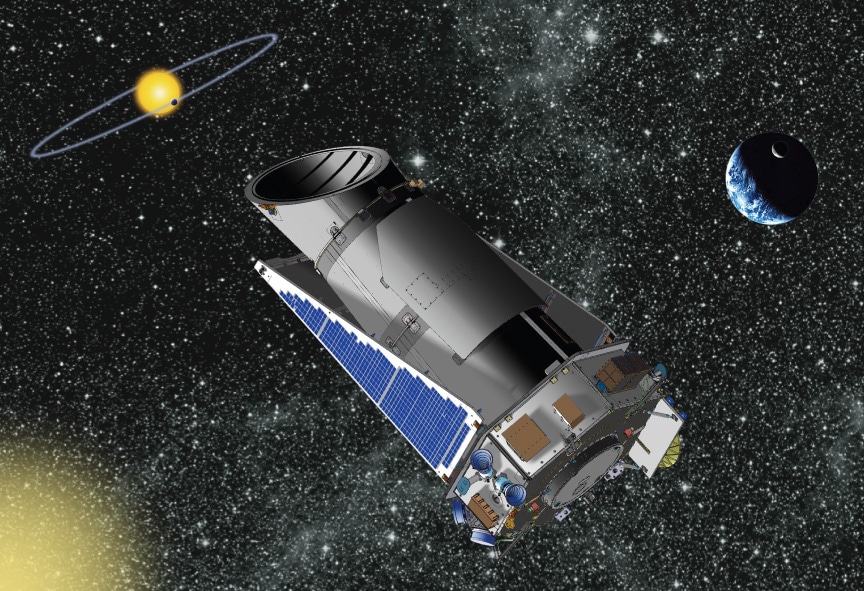NASA has spent years searching for other Earth-like planets, and while several have already been found, the latest discoveries by Kepler could be the most Earth-like new worlds yet.
NASA’s Kepler spacecraft has been searching for new planets for years and the new discoveries, deemed Kepler 438 b and Kepler 442 b, appear to be incredibly similar to Earth.
The two planets were among several other planets that were discovered by the spacecraft and brought Kepler’s total discovered planets past the 1,000 mark milestone.
Both of the planets appear to have relatively similar temperatures to Earth and boast environments where liquid water is likely to be in abundance.
The planets are also rocky worlds and are comparable to Earth’s size and orbit.
While the planets are certainly pretty close to Earth in certain ways, the study’s co-author, David Kipping, warned that the planets still might not be habitable for humans.
“We can’t say for sure whether these planets are truly habitable — only that they are promising candidates for habitability,” Kipping, an astronomer at the Harvard-Smithsonian Center for Astrophysics in Cambridge, Massachusetts, said, according to Scientific American.
Another major catch is that the planets are extremely far away.
One is 500 light years away while the other is more than 1,000 light years away.
To put that in perspective, a light year is the equivalent to roughly 5.9 trillion miles.
The study’s lead author, Guillermo Torres, an astronomer at the Harvard-Smithsonian Center for Astrophysics, is excited about what the discoveries could mean for the search for extraterrestrial life.
“These planets do exist; we didn’t know that before,” Torres said in a phone interview with Fox News. “What we’re really looking for is signs of life eventually. We’re not there yet. It will take many years, but this is the first step.”
The addition of Kepler 438 b and Kepler 442 b brings the grand total of planets no larger than twice the size of Earth to eight or nine, depending on who you ask.
There are still debates over another recently discovered planet.
Either way, Torres says it’s just proof that the universe is full of Earth-like planets and the only challenge is finding them and reaching them.
Of course, there are some notable differences between Earth and the newly discovered worlds.
Kepler 438 b gets about 40 percent more energy from its sun-like star and makes a much tighter orbit around it.
This means the planet would have years that are no longer than about 35 Earth days and the red dwarf star would give the planet red rays of sunlight as opposed to the yellow sunlight we experience on Earth.

